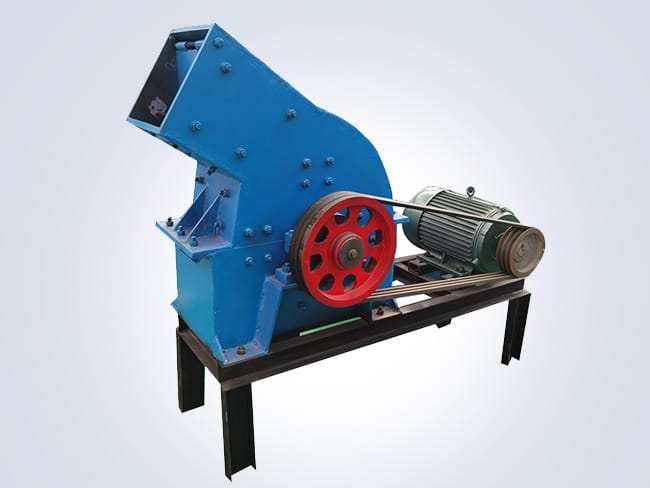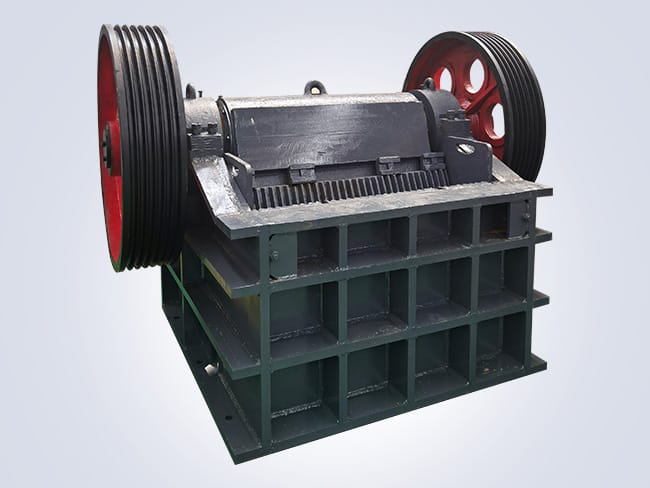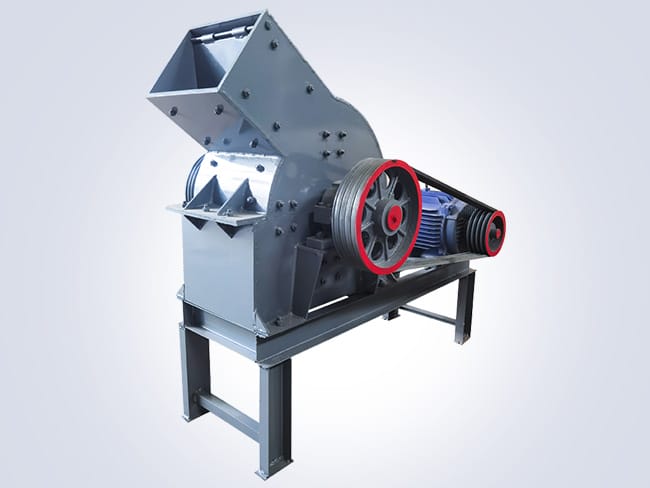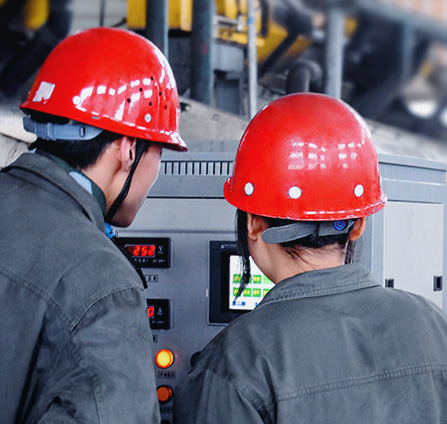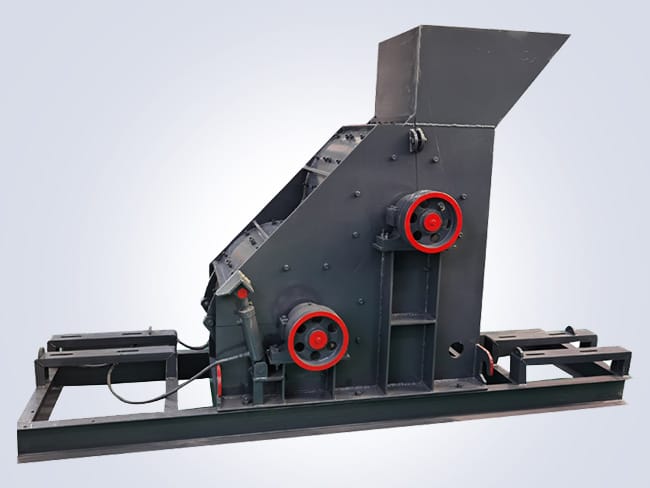
The design of the sand making machine incorporates advanced crushing technology. Efficiently turning hard materials such as granite, basalt, river pebbles, etc., into sands of various specifications. Its working principle mainly involves a high-speed rotating rotor driving hammers to forcefully strike the material. Causing it to collide, rub, and shear multiple times within the crushing chamber, thus achieving the purpose of fine crushing. This multi-angle, multi-level crushing method not only improves the quality of the finished sand but also ensures uniformity in particle size distribution.
Enhancement of Finished Sand Quality by Sand Making Machine
Notably, modern sand making machine focus on environmental protection and energy efficiency in their design. To reduce dust pollution during production. Many new models are equipped with efficient dust removal devices and adopt sealed structural designs, effectively lowering the risk of dust spillage. Meanwhile. By optimizing the transmission system and the design of the crushing chamber, the equipment’s energy efficiency ratio is further enhanced, reducing energy consumption.
Moreover, the ease of operation and low maintenance costs of these machines contribute to their popularity in the market. Intelligent control systems make operations more convenient. Allowing real-time monitoring of the equipment’s operating status to ensure continuous and stable production. Regular maintenance can extend the service life of the equipment and reduce operational costs.
In conclusion, this equipment plays an irreplaceable role in the field of building material processing due to its outstanding performance, stable production capacity, and attention to environmental protection. With advancements in technology and changes in market demand, sand making machines will continue to evolve towards being more efficient, environmentally friendly, and intelligent, making greater contributions to promoting the sustainable development of the construction industry.




